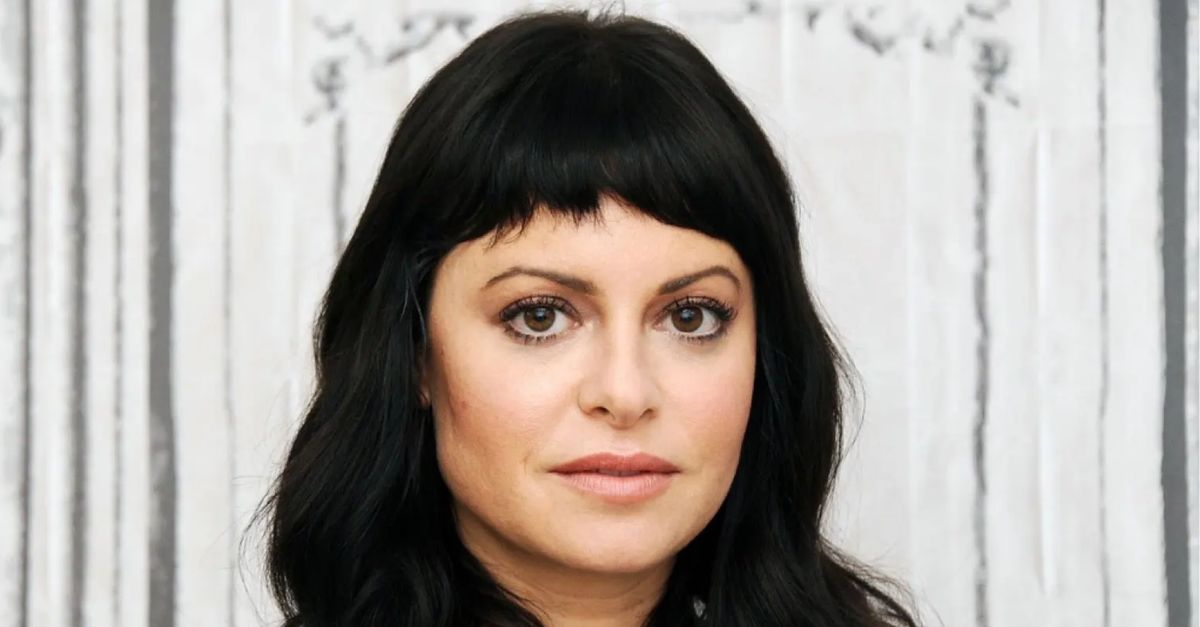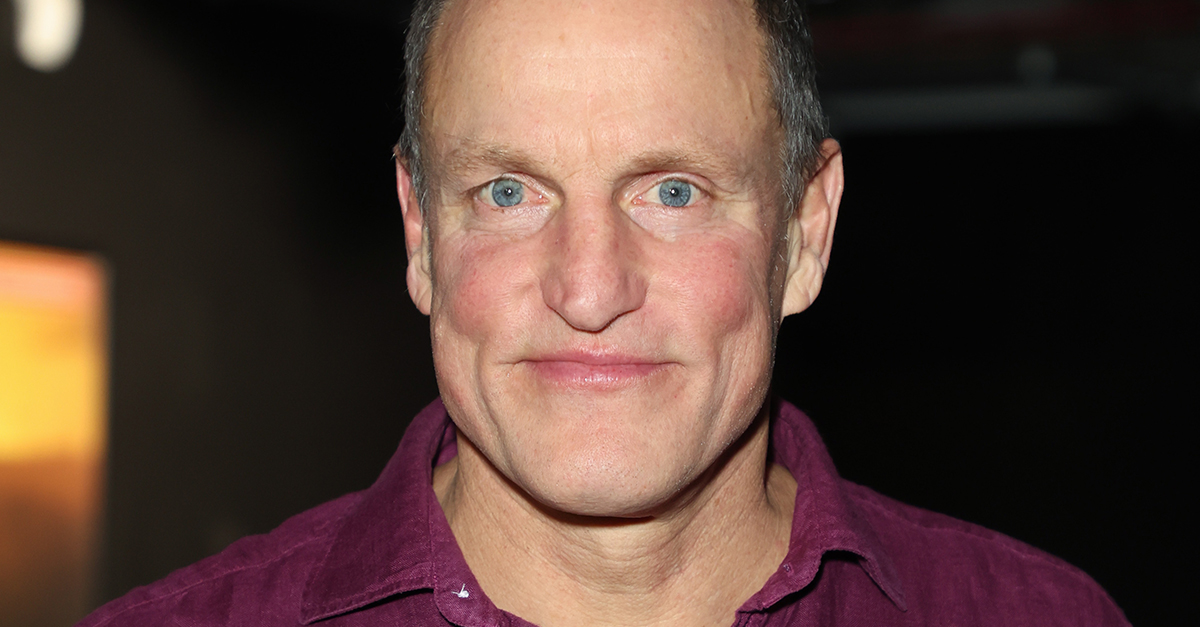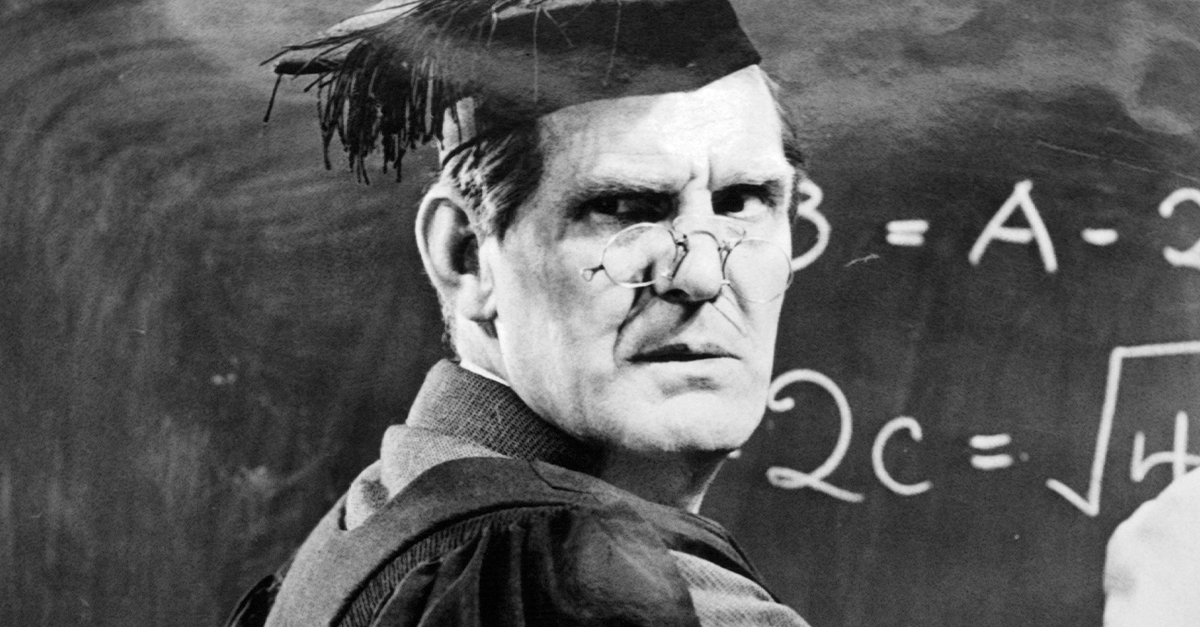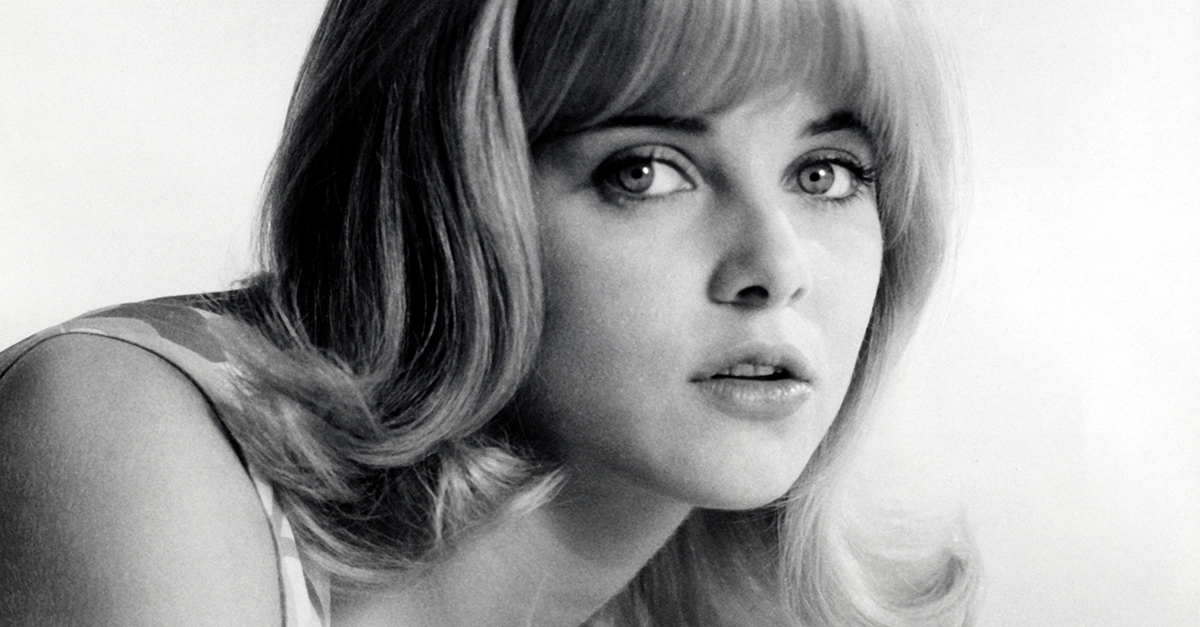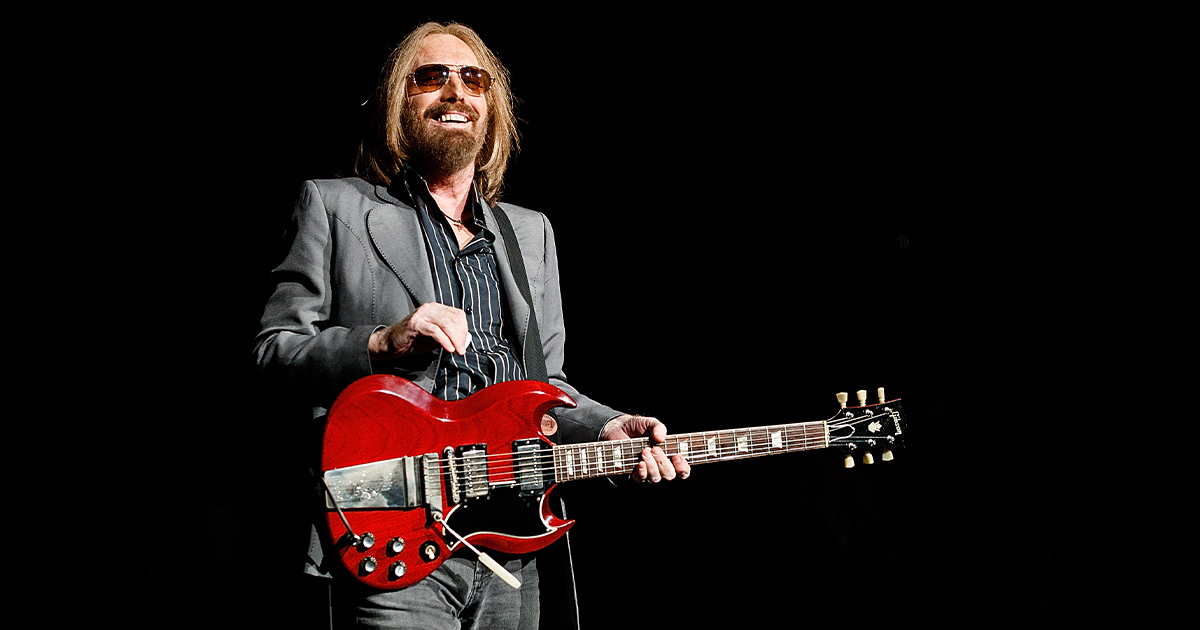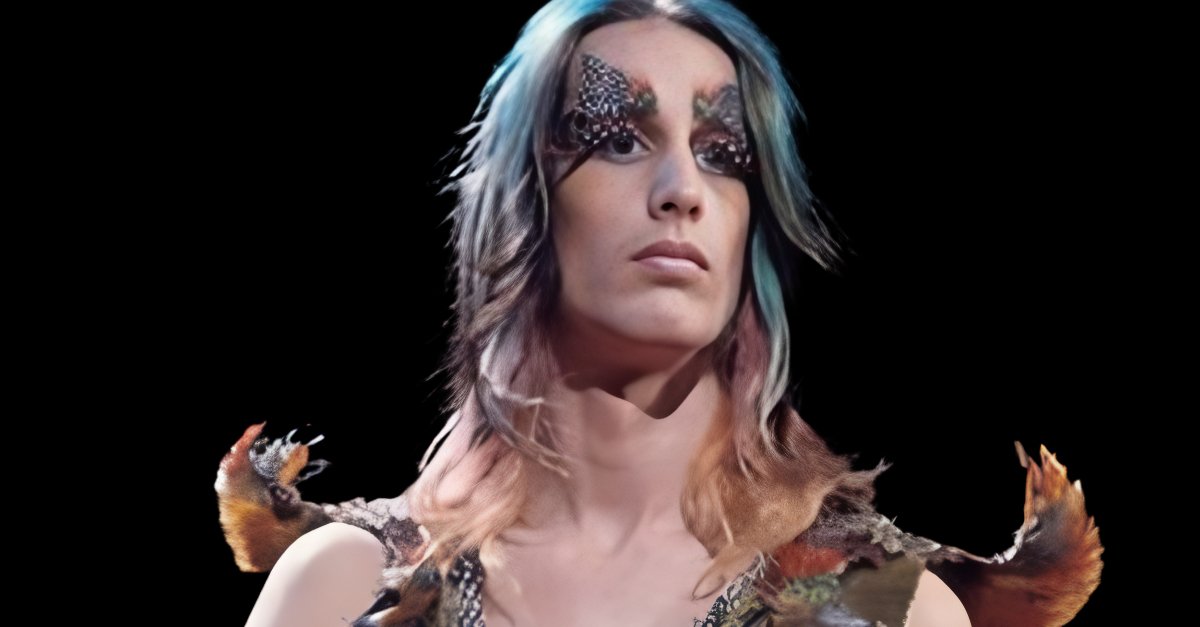When Marketing Masquerades As Culture
What feels natural about culture often isn’t. Behind every “tradition” or lifestyle trend, there’s usually a marketing strategy that creates an illusion of inevitability.

A Diamond Is Forever
In 1947, copywriter Frances Gerety penned four words that forever reshaped romance. De Beers’ slogan, “A Diamond Is Forever,” transformed engagement rings from a luxury into a near-universal expectation.
 De Beers Diamonds 1980s Commercial | Hand Models by CRT Afterglow
De Beers Diamonds 1980s Commercial | Hand Models by CRT Afterglow
Got Milk?
When the California Milk Processor Board launched “Got Milk?” in 1993, over 70 celebrities—from Britney Spears to Whoopi Goldberg—joined in. Their milk mustaches made drinking dairy feel patriotic and virtuous, turning an ordinary beverage into a moral symbol of health and national pride.
 GOT MILK? - 1993 Original Commercial by Retropond
GOT MILK? - 1993 Original Commercial by Retropond
“Low-Fat” Food Craze
During the 1990s, “low-fat” labeling dominated grocery aisles, promising health without compromise. Yet food companies replaced fats with sugars, creating calorie-dense processed snacks like Snackwell’s cookies. The craze revealed how a single marketing buzzword could rewrite diets and expand waistlines in the name of wellness.
 1994 - SnackWell's Creme Sandwich Cookies - Aisle 3 Commercial by Consumer Time Capsule
1994 - SnackWell's Creme Sandwich Cookies - Aisle 3 Commercial by Consumer Time Capsule
Hallmark Holidays
Mother’s Day began as a heartfelt tribute by Anna Jarvis, but Hallmark commercialized it in the early 1900s to spark an empire of sentimental sales. With Valentine’s Day and Sweetest Day following suit, emotions were neatly packaged into cards and billion-dollar traditions.
 Unknown authorUnknown author, Wikimedia Commons
Unknown authorUnknown author, Wikimedia Commons
Pumpkin Spice Everything
Before Starbucks’ 2003 Pumpkin Spice Latte, fall meant harvests and foliage. The drink’s success redefined the season itself, birthing an annual consumer ritual. From cereals to candles, “pumpkin spice” became shorthand for comfort and a billion-dollar lesson in selling nostalgia by scent and flavor.
 Push Doctor, Wikimedia Commons
Push Doctor, Wikimedia Commons
Avocados As A “Superfood”
Avocado sales in the United States more than doubled between the 1990s and 2010s—not by accident, but by design. The Hass Avocado Board’s PR campaigns reimagined the fruit as a heart-healthy staple, turning a humble produce item into a global wellness status symbol.
 Avocado Nation: An American Success Story – A Mini Documentary (TRAILER) by Hass Avocado Board
Avocado Nation: An American Success Story – A Mini Documentary (TRAILER) by Hass Avocado Board
Breakfast Cereal As Essential
Once, Americans began their day with meat or leftovers. Then Kellogg’s reshaped breakfast entirely. The company’s claim that it was “the most important meal of the day” had no scientific basis, but paired with cartoon mascots, it embedded sugary cereals deep in American culture.
 Cornflakes Advert Compilation (1980s) by cerealmad
Cornflakes Advert Compilation (1980s) by cerealmad
The Metaverse
When Meta rebranded in 2021, it sold the illusion of an inevitable digital future. Borrowing from Neal Stephenson’s 1992 novel Snow Crash, the company’s billion-dollar marketing campaign framed virtual reality as destiny until investors realized it was more hype than revolution.
 Meta: Mark Zuckerberg announces Facebook's new name by Guardian News
Meta: Mark Zuckerberg announces Facebook's new name by Guardian News
The Super Bowl Halftime Show
Once limited to marching bands, the Super Bowl halftime show became a multimillion-dollar stage for global publicity. Performers from Beyonce to Shakira treat it as a career milestone. For advertisers, it’s the year’s most powerful marketing broadcast disguised as spectacle.
 Yeoman 1st Class Donna Lou Morgan, Wikimedia Commons
Yeoman 1st Class Donna Lou Morgan, Wikimedia Commons
Cool Britannia
During the 1990s, Prime Minister Tony Blair’s government sought to refresh Britain’s image with “Cool Britannia”. By aligning with bands like Oasis and the Spice Girls, officials used pop culture as diplomacy. The movement’s glossy optimism soon faded, revealing a marketing facade rather than a cultural renaissance.
 Marvelousmollie, Wikimedia Commons
Marvelousmollie, Wikimedia Commons
“Detox” Culture
The detox craze became an ecosystem of illusion. Influencers promoted brightly colored juices and powders as miracle cleanses, while supplement companies profited. Despite lacking scientific evidence, the industry thrived on aesthetic appeal.
 Sergi Llop Penella, Wikimedia Commons
Sergi Llop Penella, Wikimedia Commons
Cyber Monday
Online retailers needed their own Black Friday moment. In 2005, the National Retail Federation created “Cyber Monday” to boost post-Thanksgiving web sales. It began as an artificial event but now generates billions annually.
Gendered Toys
Before the 1980s, toys weren’t divided by color. Then Mattel and Hasbro discovered profit in gender segmentation. Pink packaging for dolls and blue for action figures doubled their sales potential with color-coded childhoods and stereotypes.
“Self-Care” As Consumerism
A concept of rest and emotional renewal evolved into a multi-trillion-dollar sales engine. The modern wellness industry reframed self-care as buying behavior, where skincare, candles, and supplements became symbols of healing. Marketers replaced introspection with consumption.
Sustainable Fashion
Eco-collections may promise responsibility, yet most conceal the same mass-production practices behind “sustainable” labels. Fashion giants use recycled fabrics and green aesthetics to appear ethical while producing massive waste. Somehow, sustainability became another marketing story.
 Kaspars Grinvalds, Shutterstock
Kaspars Grinvalds, Shutterstock
Share A Coke
In 2011, Coca-Cola replaced its famous logo with people’s names, transforming soft drinks into personal tokens. Consumers eagerly searched store shelves for themselves or friends, fueling online sharing and nostalgia.
 Mike Mozart, Wikimedia Commons
Mike Mozart, Wikimedia Commons
Disney Princess Culture
Disney’s 2000s strategy bundled classic heroines into a single “Princess” brand, merging nostalgia with aspiration. Suddenly, Snow White and Belle shared tiaras on lunchboxes worldwide. The result: a multibillion-dollar empire that transformed childhood fantasy into one of entertainment’s most enduring marketing triumphs.
 Loungefly Disney's Snow White Princess Scenes Collection by The Mad Bagger
Loungefly Disney's Snow White Princess Scenes Collection by The Mad Bagger
“Body Positivity” In Beauty Ads
Originally rooted in activism, body positivity aimed to challenge beauty standards. But brands quickly turned it into marketing. Campaigns from companies like Dove repackaged empowerment to sell soap and lotions—transforming a social movement into a lucrative strategy.
 Dove #RealBeauty Is Universal | Celebrate all types of beauty by Dove PH
Dove #RealBeauty Is Universal | Celebrate all types of beauty by Dove PH
Healthy Glow
In the 1980s, the tanning industry cleverly reframed UV exposure as wellness. The phrase “healthy glow” sold radiation beds as beneficial alternatives to sunlight. Despite dermatologists’ warnings about skin cancer, the message worked and proved that even danger can be disguised as beauty through repetition and charm.
 user:Janneman, Wikimedia Commons
user:Janneman, Wikimedia Commons
You Deserve It
Luxury once implied excess, but marketers redefined it as self-worth. L’Oreal’s 1971 line, “Because You’re Worth It,” pioneered a powerful shift that treats indulgence as empowerment. Today’s “you deserve it” campaigns continue the trend.
 The History of "Because You're Worth It" by L'Oreal Paris USA
The History of "Because You're Worth It" by L'Oreal Paris USA
Influencer Authenticity
When social media blurred advertising and everyday life, “relatable” influencers became brand assets. Agencies engineered partnerships that disguised promotion as personal advice. Followers saw sincerity, and companies saw sales. That seemingly authentic connection was, in reality, marketing’s most human-looking innovation yet.
Black Friday
The name “Black Friday” once described Philadelphia’s post-Thanksgiving traffic chaos. Retailers rebranded it in the 1980s as a national shopping ritual. Doorbuster deals, midnight openings, and chaotic crowds turned stress into an annual reminder that consumer excitement can be carefully choreographed.
The “Wellness” Movement
“Wellness” feels like a lifestyle revolution, yet its roots are in branding. Companies replaced the word “health” with this flexible, feel-good term, selling everything from collagen water to meditation apps. The result: a profitable philosophy built on aspiration rather than definition.
“Fast Fashion” As Accessibility
Zara and H&M marketed affordability as empowerment, promising “style for everyone.” Behind the slogans, they accelerated clothing turnover to unsustainable speeds. By normalizing cheap, disposable apparel, they disguised mass production as progress.
“Girlboss” Feminism
In the 2010s, brands transformed feminism into a shopping trend. Led by Nasty Gal founder Sophia Amoruso, “girlboss” culture sold empowerment through merchandise, like mugs and planners. The movement promised equality through hustle, but beneath the glitter lay capitalism rebranded as liberation.

